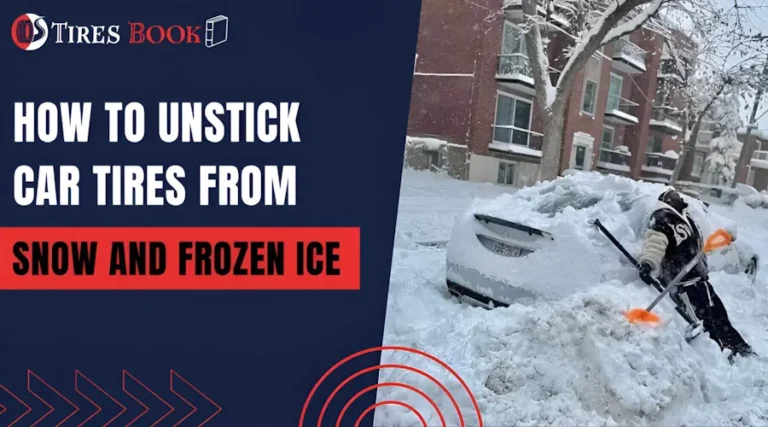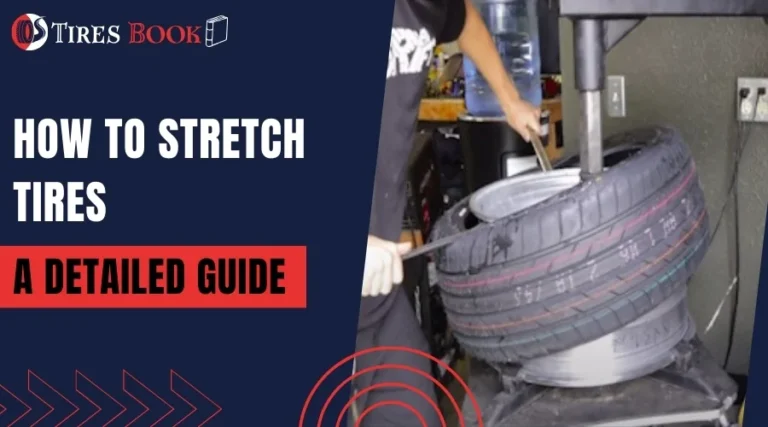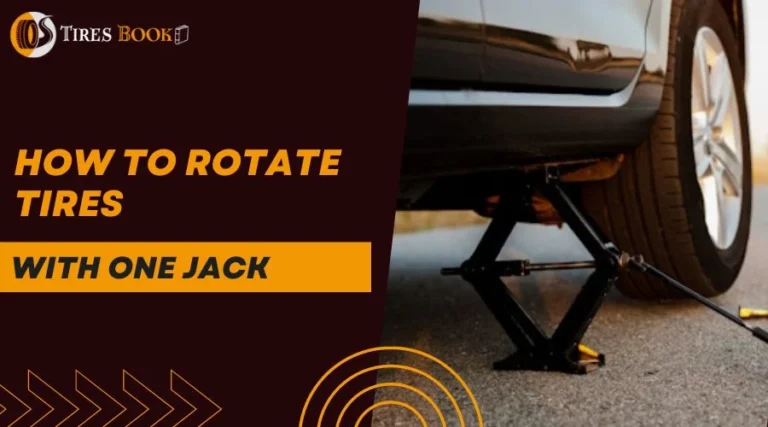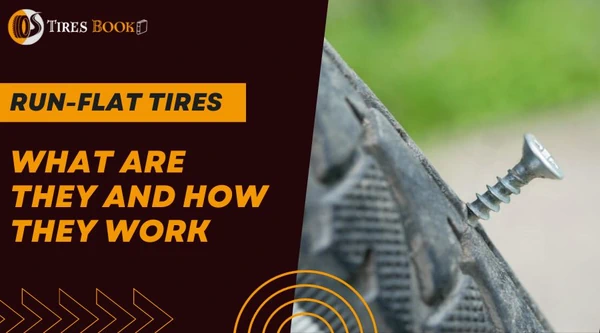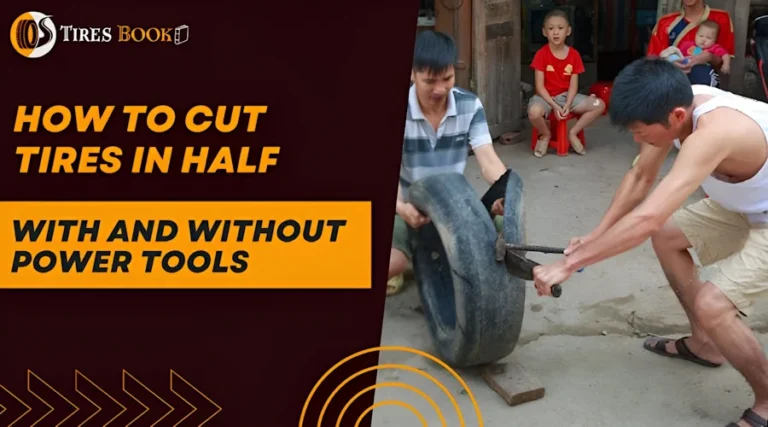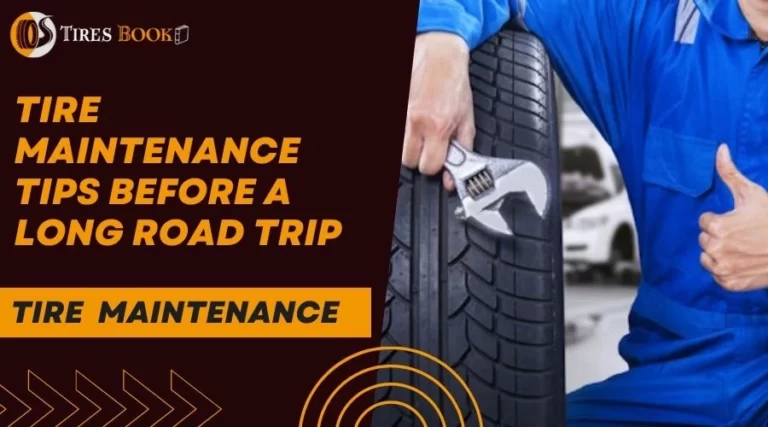Key Points
As tire experts with years of experience, we understand that tires naturally wear over time. Rough use or lack of maintenance can exacerbate the issue. One prevalent problem among various tire wear issues is tire feathering, a specific type of irregular tread wear. Among all the tire wear issues, feathering is the most common problem that we encounter.
Table of Contents
What Is Tire Feathering
Feathering occurs when one side of a tire rib or tread block wears down at an angle. This results in sharp edges on one side and rounded edges on the other side of the tire.
Regularly checking the tread depth and wear condition of each tire helps identify when it’s time for tire replacement. It also aids in spotting other maintenance needs. This allows you to get the most value out of your vehicle and tires.
In this article, we will delve into the causes of tire feathering. We will share insights on diagnosis and solutions to address this common tire wear problem.
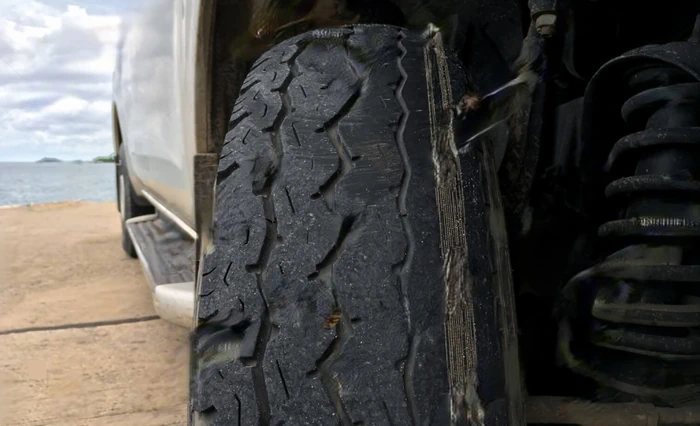
Why Is It Important To Check Tread Wear Regularly?
Regular checking of tire tread wear is essential for safe driving. Treads provide grip, which is crucial on snowy, icy, or wet roads and highways with sharp turns. Shallow treads can compromise traction. On the other hand, deep treads help channel water and debris away from the tire, maintaining better road contact.
Therefore, it is crucial for you to inspect your tire treads consistently. It helps prevent accidents and ensures a long-lasting relationship with your vehicle.
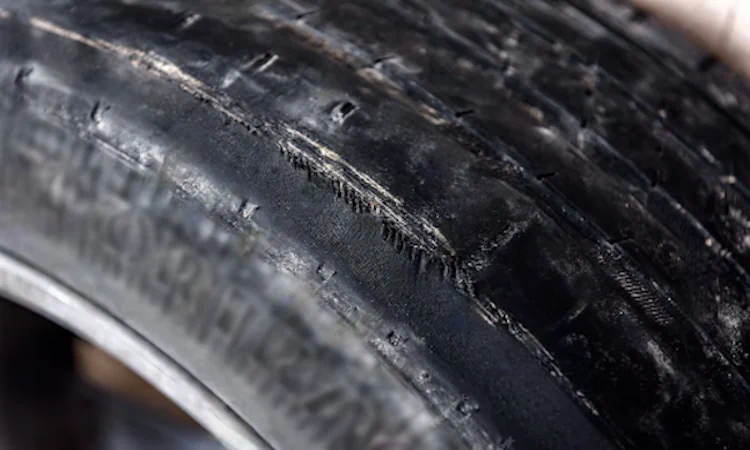
What Causes Feathering on Tires?
Tire feathering can be quite a headache, but knowing the causes can help you address the issue effectively. Tires need proper angling, balancing, and alignment to last long and perform well. Here’s a list of factors that contribute to tire feathering:
1. Toe-In or Toe-Out of Wheels Being Out of Specification
Toe-in refers to the front of the wheels pointing inward, while toe-out means the front of the wheels pointing outward. When these angles are out of the manufacturer’s specification, tires scrub against the road at improper angles. This leads to uneven wear and eventually, feathering. Regular alignment checks and adjustments can help maintain correct toe settings and prevent this issue.
2. Misaligned Wheels
Wheel alignment involves adjusting the angles of the wheels to ensure they make uniform contact with the road. When wheels are misaligned, they don’t make even contact, causing irregular wear patterns, including feathering. Scheduling timely wheel alignment services can help ensure even tire wear and a smooth ride.
3. Suspension Issues
Damaged suspension components, such as bushings, shocks, struts, or ball joints, can lead to alignment problems. While they might not directly cause feathering, misalignment can result from damaged suspension components. This misalignment can ultimately contribute to uneven tire wear. Regular suspension checks and repairs can keep your vehicle’s alignment in check and reduce the risk of feathering.
4. Bent Axle Beam
A bent axle beam can affect the angle and position of the wheels, resulting in uneven tire wear and feathering. Accidents or hitting large obstacles might cause a bent axle. Inspecting and repairing any axle damage can help prevent feathering and ensure proper tire performance.
5. Crowned Roads
Roads with a slightly rounded or crowned surface can be a root cause of tire feathering. Engineers construct roads with a slightly convex surface from the center, allowing water to drain off to the sides. This design helps prevent standing water and reduces the risk of hydroplaning, but it can also contribute to tire feathering. The raised center of the road causes the tires to wear unevenly. This happens because they experience different contact pressures across their width.
By default, the vehicle manufacturers already adjust caster angles to counter the road crown. Caster refers to the angle formed between an imaginary line connecting the upper and lower steering pivot points. This angle is measured against a vertical line perpendicular to the road, as viewed from the vehicle’s side.
Regular tire inspection is essential to ensure that the caster angle adheres to the manufacturer’s guidelines. If the tire technician detects any changes, they will adjust it back to the default angle.
What Are the Symptoms of Tire Feathering
- A loud roar at high speeds: Feathering can cause a distinctive roaring noise when driving at higher speeds. This is due to the irregular wear patterns on the tire.
- Small pieces of rubber hanging from one side of tread blocks: Feathered tires may have small pieces of rubber protruding from the edges of the tread blocks, indicating uneven wear.
- Visual inspection showing angled wear: A close examination of the tire can reveal angled wear patterns rather than even ones across the tread surface. This is an indication of feathering.
Whenever you notice these symptoms, it’s crucial to visit a tire mechanic immediately. He inspects your tires and identifies the underlying cause of feathering. After inspection, he can suggest proper measures for your vehicle’s safety and peak performance.
Is Tire Feathering Harmful for Your Vehicle
Tire feathering is harmful, as it can be a symptom of underlying issues that you should address. Feathering results in uneven tire wear, which can compromise the tire’s performance, grip, and overall safety. Furthermore, ignoring feathering may lead to faster tire deterioration. This can potentially shorten its lifespan and result in the need for premature replacement.
Additionally, tire feathering can be an indicator of problems with wheel alignment, suspension components, or other vehicle systems. If left unchecked, these issues may lead to reduced handling, stability, and safety while driving.
Can I Drive My Car with Feathered Tires
The appropriateness of using a car with feathered tires varies depending on the severity of the feathering. If one tire exhibits minor feathering, you should consult a technician to check and potentially adjust the wheel alignment.
However, you should replace the tires if the feathering is extensive. This is because severe tire feathering poses significant safety risks by drastically reducing the tire’s longitudinal and lateral traction. A non-uniform contact patch affects the tire’s ability to effectively transfer power during acceleration and lengthens braking distances.
In cornering, a feathered tire may not contact the road at the optimal angle, reducing lateral grip. Additionally, in adverse weather conditions like rain or snow, the risks escalate due to the tire’s inability to properly dissipate water, leading to potential hydroplaning, and significantly reduced traction on snow.
How Can I Avoid Tire Feathering
- Regular tire rotation – 3,000 to 5,000 miles.
- Regular wheel alignment and balancing. If you frequently drive on rough tracks, do it at least once a year. If you primarily drive on smooth tracks, do it once after two years.
- Inspect suspension components.
- Inspect tread wear and depth regularly.
- Proper inflation – Fill the tires to the recommended tire pressure.
What Is the Difference Between Tire Feathering and Cupping
The main difference between feathering and cupping lies in their causes. Tire feathering occurs due to incorrect alignment of the wheels. It’s characterized by a series of ridges and valleys on the tire’s surface, often felt more than seen. Feathering presents as a gradual wear pattern across the tread, often in a diagonal direction.
Tire Cupping, also known as scalloping, is usually the result of defective struts/shocks. It appears as dips or cups in the tire’s tread across its circumference. This creates a wavy wear pattern across the tire rather than angled wear. These are more spaced and deeper than feathering and often result from bouncing or up-and-down movement of the tire due to bad suspension components i.e. shocks.
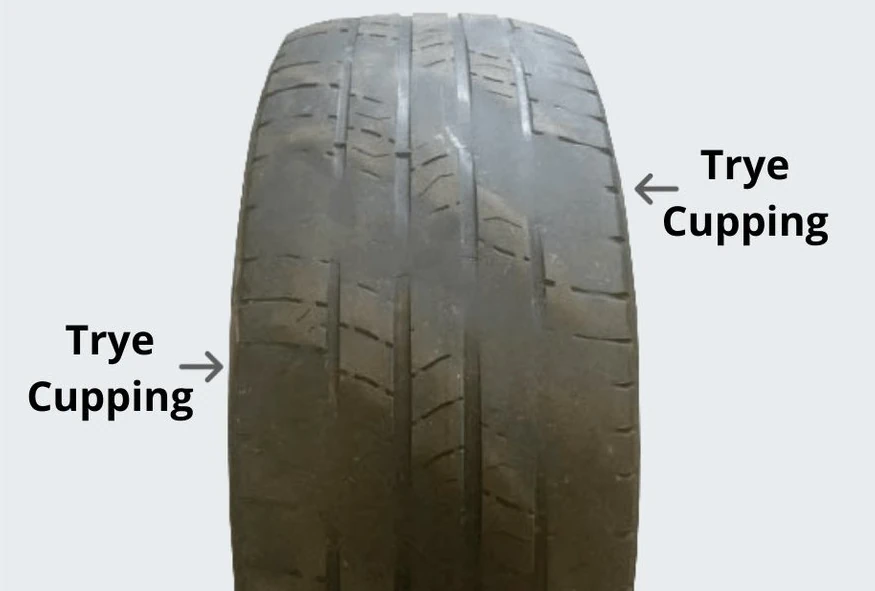
What Is the Minimum Depth Tire Treads Should Have
The minimum depth of tire treads should vary by jurisdiction. According to the US Department of Transportation, the minimum legal tread depth is 2/32 of an inch (1.6mm). Brand-new tires have a tread depth of 10/32 to 12/32 to ensure optimum grip and traction. 2/32 is considered the minimum safe limit, not the recommended one. If the tread depth goes below this limit, you should immediately replace your tire.
Can You Reverse Tire Feathering
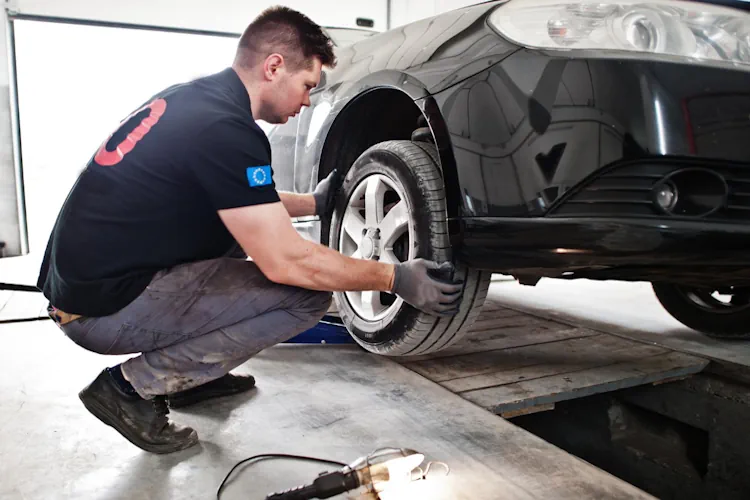
You cannot reverse the tire feathering that has already occurred. However, you can address the underlying causes of wear to prevent further feathering on your tires. This may involve correcting wheel alignment, resolving suspension issues, or maintaining proper tire inflation.
If the feathering is severe, it might be necessary to replace the affected tire(s). In less severe cases, rotating the tires regularly can help promote even wear and extend the overall life of your tires.

